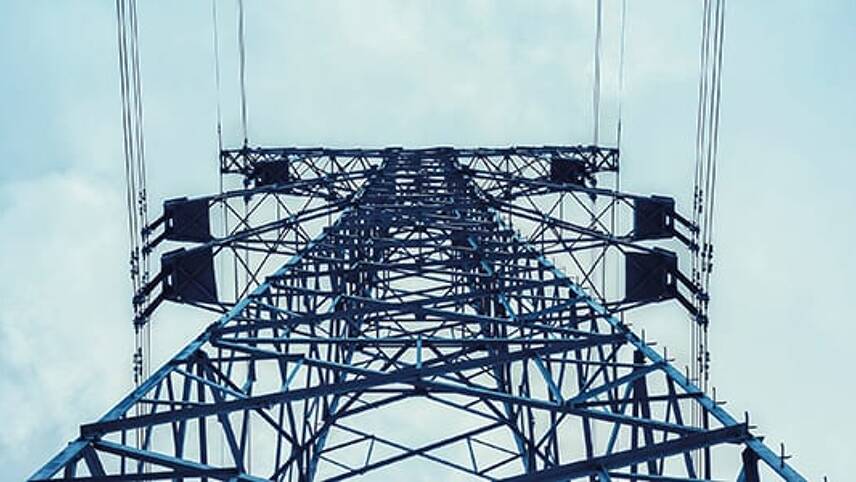Member only content free until 27/05/2024
To continue reading this article and enjoying free access to all Utility Week’s content up to the 27/05/2024 Register today!
Ready to become a member?

John Pettigrew has mooted the construction of a new ultra-high voltage “backbone” for the UK’s onshore transmission network to meet the UK’s electricity needs for the next 60 years.
The National Grid chief executive said the next stage of the transmission network’s development must go beyond the “incremental” improvements currently being carried out and instead called for the implementation of a “super-supergrid”.
In his keynote speech at the Aurora Spring Forum, Pettigrew recalled the construction of the UK’s original “supergrid” in the 1950s, which was developed to accommodate the dramatic post-war increase in demand for electricity.
He said a similarly bold approach is required to enable the electrification of the economy that is required for the UK to meet its net zero targets.
The supergrid constructed in the post war period had enabled the UK to cope with growing demand for electricity in the subsequent decades.
Looking ahead to the drawing up of the Strategic Spatial Energy Plan – which the grid’s electricity system operator is due to begin work on this summer – Pettigrew said “alternative long-term approaches” are required to a “build a grid that is fit not just for the next 20 years, but for the next 60 years”.
A “potential solution”, he suggested is a transmission network of up to 800,000 volts “superimposed on the existing supergrid”.
This “super-supergrid”, combined with “strategically located” ultra-high capacity substations, would enable bulk power transfers around the country and help link up big energy sources and demand centres, Pettigrew added.
These new high capacity substations would also have spare connection points for new customers, providing “faster and more flexible connections”.
By taking this “strategic and proactive approach instead of today’s incremental, tactical and reactive one”, Pettigrew said: “We would transition from a network of hundreds of individual connection projects dotted around the country, all requiring their own approval and infrastructure, to major capacity hubs where investment is directed to where it’s needed.”
He added: “It would allow more efficient construction and a better value solution for consumers from targeted and more co-ordinated investment and would also bolster the system’s resilience.”
But he stressed that the mooted “super, super grid” is not a substitute for the infrastructure being delivered through initiatives like the ‘Great Grid Upgrade’ and resolving grid connection queues but should still be carried out in addition to his proposed network overhaul.




Please login or Register to leave a comment.